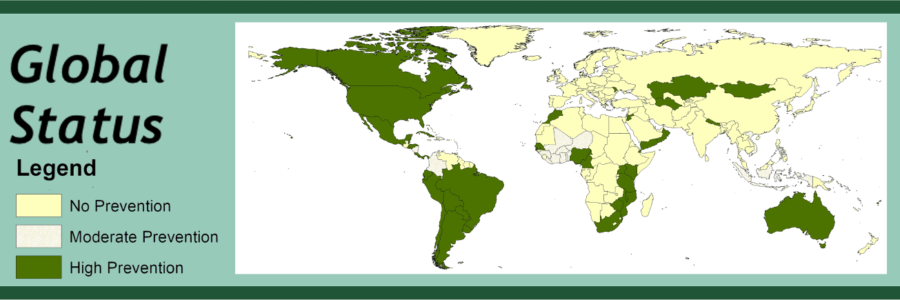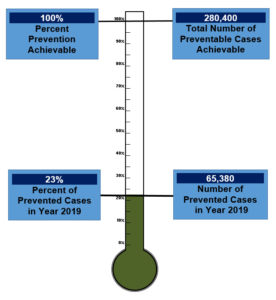About the Center for Spina Bifida Prevention (CSBP)
Our Mission
Preventing every possible folic acid-preventable spina bifida and anencephaly around the world – by compelling decision makers world-wide to mandate fortification of processed foods. Since the United States mandated fortification, over 60 other countries have done so, but that leaves over 100 that do not, including India, China, almost all of Europe and parts of Africa.
Our History and Leadership

The Center for Spina Bifida Prevention was founded in 2012 at Emory University, Rollins School of Public Health. Dr. Godfrey P. Oakley, Jr., MD, MSPM, was the founding director of the Center. He is also the former Director of the Division of Birth Defects at the Centers for Disease Control and Prevention (CDC).
Dr. Oakley is the world’s leading expert in the prevention of spina bifida and anencephaly.

Vijaya Kancherla, PhD, is an Associate Professor in the Department of Epidemiology at Emory University Rollins School of Public Health. Dr. Kancherla is the Director of the Center for Spina Bifida Prevention.
She is trained in birth defects epidemiology.
What does the Center bring?
We bring a unique approach focused on prevention. Although other sites and organizations offer support and education, the Center for Spina Bifida Prevention directs its attention to capturing the political will to mandate fortification of foods with folic acid, a B-vitamin that has been proven to prevent spina bifida and anencephaly.
We have already been successful in preventing spina bifida with this approach! When it was shown in 1991 that folic acid would prevent spina bifida, Dr. Oakley worked with medical professionals and parents represented by March of Dimes to get the FDA to require folic acid to be added to enriched grains in the United States. This mandate was passed in 1996 for implementation in 1998. The U.S. has fortified grains since 1998 and the prevalence of neural tube defects, including spina bifida and anencephaly, has been reduced from 10 per 10,000 births to about 5 per 10,000 births, a reduction by 50%.
Just as smallpox was eradicated by a vaccine, we see folic acid as the “vaccine” to prevent spina bifida. It is a means to an end.
Training
The Center also serves as a training hub for many students enrolled at Emory University, assisting us in research, prevention, and policy issues. Several students have taken up positions at the Centers for Disease Control and Prevention birth defects branch, and advanced educational pursuits on birth defects prevention, after graduation based on the experience they were able to gain at the Center.
Partners
We have on-going collaboration with many other active organizations that complement each other in spina bifida research and prevention. Our key partner, Food Fortification Initiative (FFI), has championed folic acid fortification of staple foods and supplies training for millers in various countries.
We also have worked with the March of Dimes, the International Federation for Spina Bifida and Hydrocephaly, the Task Force for Global Health, ReachAnother Foundation, and other partners on various issues related to global spina bifida prevention. Our Center takes pride in sharing its goal with many other key players in preventing spina bifida and anencephaly worldwide, and this association is both a strength and a resource that guides us in achieving our vision for improving lives of children and families worldwide.




